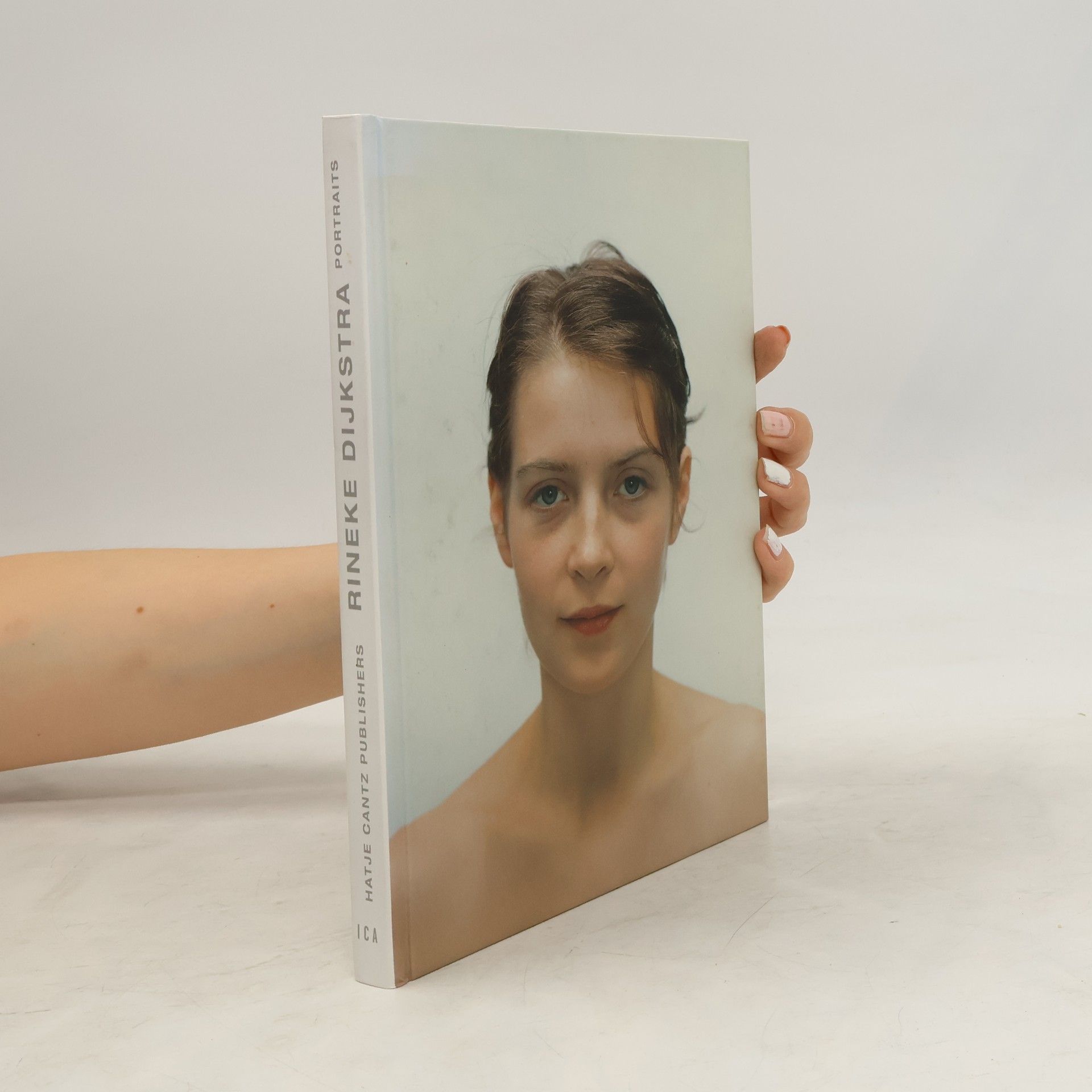Katy Siegel Libri






Money
- 208pagine
- 8 ore di lettura
This book explores the influence of money on society through the lens of various artists. Organized into themed "rooms," it showcases diverse artistic practices, from using real money to creating luxury imitations or handmade pieces. It examines how art reflects and critiques the complexities of monetary value and consumerism.
Since '45: America and the Making of Contemporary Art
- 254pagine
- 9 ore di lettura
The book explores the intersection of American history and modern art, focusing on New York's pivotal role since World War II. Katy Siegel examines how contemporary art reflects societal anxieties related to race, mass culture, and nuclear destruction, moving away from European traditions. Through analysis of notable works by artists like Rothko and Warhol, the study connects their creations to broader cultural influences and historical events. It highlights the global impact of American culture on artists worldwide, appealing to those interested in post-war and contemporary art.
Artist Rineke Dijkstra has appropriated the formal qualities of the studio portrait from the early part of this century--taking the convention of the full length, frontal and centrally composed portrait to its logical limits, she is able to penetrate to the core of her subjects. Each photograph is marked with a precise date and location, suggesting a conscious evocation of the work of the early 20th century photographer August Sander and his project to document the ''Citizens of the Twentieth Century.'' Dijkstra's photographs stand by themselves, bearing no reference to personal circumstances or the specific geographical details of the location--the power of her images lies in an intimate psychological connection between artist, sitter, and viewer. For Dijkstra's best known series of photographs--an extensive series of beach portraits of teenagers and children taken on beaches all over the world between 1992 and 1996--the artist sought out a certain introversion or unease in her subjects, capturing with rare perfection the human condition of feeling not-at-home in the world. This brilliant new monograph documents Dijkstra's recent photographic and video work.
Joan Mitchell
- 384pagine
- 14 ore di lettura
This retrospective delves into the work of a groundbreaking artist, highlighting how she transcended the boundaries of Abstract Expressionism. It examines the influences and transatlantic contexts that shaped her artistic journey, offering insights into her innovative techniques and thematic explorations. Through a comprehensive analysis, the book celebrates her contributions to the art world and the lasting impact of her unique vision.
Painting Paintings (David Reed) 1975
- 208pagine
- 8 ore di lettura
A beautiful showcase of David Reed s 1974 75 paintings and related works.
Jack Whitten - Notes From The Woodshed
- 517pagine
- 19 ore di lettura
Widely celebrated for his experimental approach to painting, Jack Whitten often turned to writing as a way to investigate, understand, and grapple with his practice and his milieu. "Notes from the Woodshed" is the first publication devoted to Whitten's writings and takes its name from the heading Whitten scrawled across many of his texts. Working across various forms from meticulous daily logs, to developed longer essays, to published statements and public talks Whitten's reflections span the course of his five decade career and give conceptual depth to an oeuvre that bridged rhythms of gestural abstraction and process art. Together, these writings shed light on Whitten's singularly nuanced language of painting, which hovers between mechanical automation and intensely personal expression.
1970 lud die Künstlerin Lee Lozano in ihr Studio ein und forderte die Gäste auf, in einen mit Geld gefüllten Krug Münzen hineinzugeben oder ihm welche zu entnehmen. Die unterschiedlichen Reaktionen schrieb sie nieder. So entstand ihr Werk Real Money Piece. In Geld, dem zweiten Band der Serie Art Works, stellen Katy Siegel und Paul Mattick 57 Künstlerinnen und Künstler vor, deren Arbeiten um das Thema Kunst und Kommerz kreisen. In der Einführung denken die Autoren über die Bedeutung von Geld in der modernen Gesellschaft nach, erläutern, welche Rolle die Kunst für Sammler und Märkte in der Geschichte spielte, und zeigen an ausgewählten Beispielen, wie Geld zum eigenständigen Thema in der Kunst wurde. Die handgezeichneten Banknoten von J. S. G. Boggs z. B. sehen so täuschend echt aus, dass der Künstler schon einige Male wegen Verdachts der Geldfälschung in das Visier der Fahnder geraten ist, obwohl seine 'Blüten' stets typisch Boggs’sche Elemente enthalten. Und für Joseph Beuys, den 'Schamanen' unter den zeitgenössischen Künstlern, stand fest: Kunst = Kapital, weil sie ihre eigene Macht und ihren eigenen Wert besitzt.

